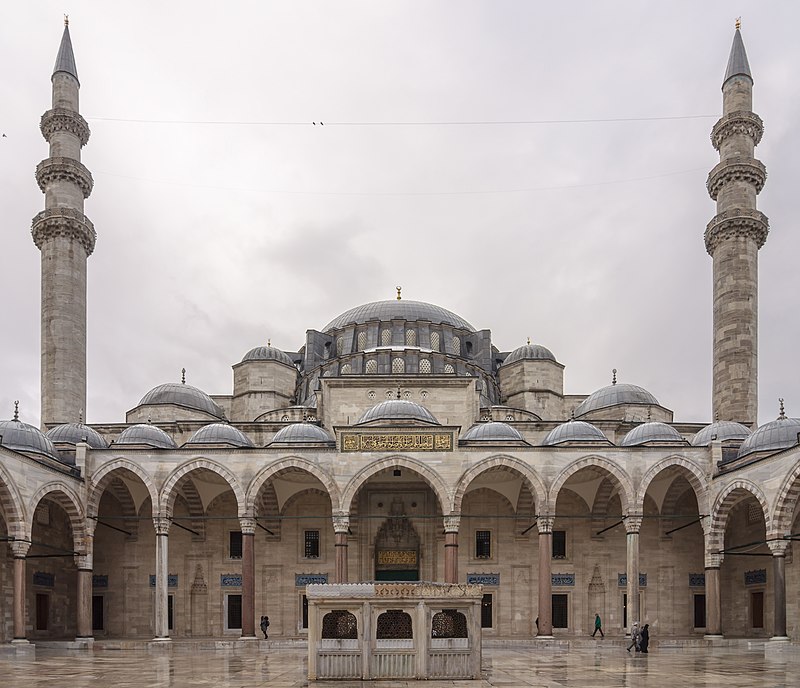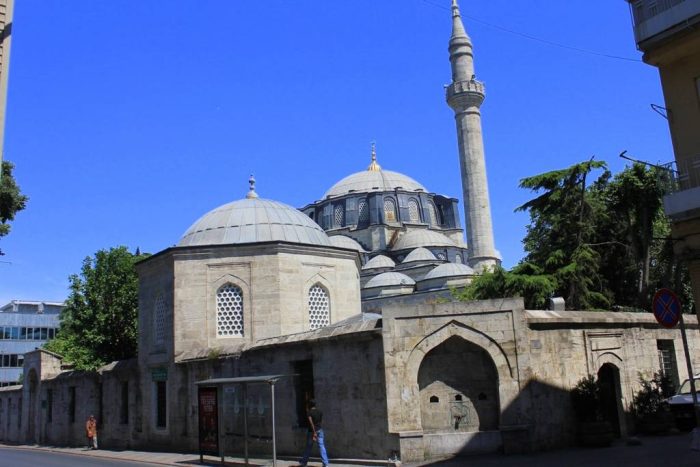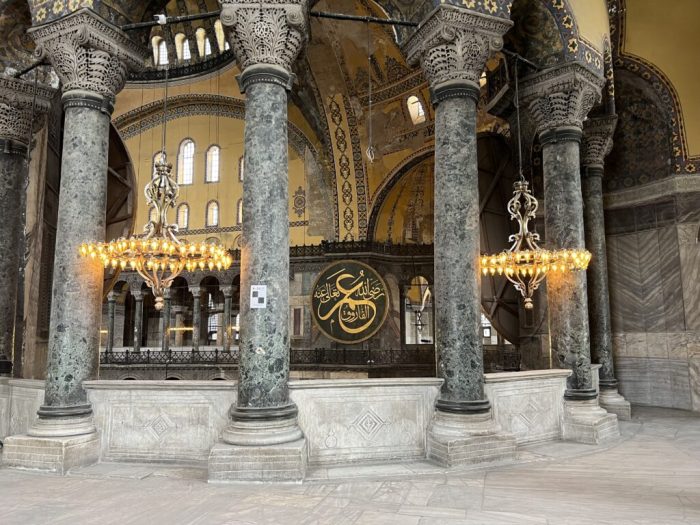
Küfeki stone, also known as Istanbul or Bakırköy stone, holds a significant place in Istanbul’s architectural fabric, serving as a key material that has persisted from the Ottoman era to the present day. The name derives from the stone’s extraction in various districts of Istanbul, particularly in the vicinity of Bakırköy. Küfeki stone is a type of oyster limestone primarily composed of sea shells, often including small oyster shells. Its most remarkable feature is its immediate suitability for various forms of processing upon extraction from nature, combined with its ease of working. When exposed to air, it absorbs carbon dioxide, which enhances its hardness, durability, and strength. This unique characteristic has made it a foundational material in the construction of structures throughout Istanbul, from the Byzantine period’s Hagia Sophia and the Upper Gate Walls to the Ottoman era’s Süleymaniye Complex.

Cerrahpasa Mosque
Küfeki stone, with its structural properties, workability, and aesthetic qualities, has been a favored material in both interior and exterior architectural elements. Known for its durability and long-lasting nature, it has been extensively used in Istanbul’s historical buildings and mosques. Particularly notable is the stone’s smooth surface and ease of manipulation, which provides an aesthetic advantage in architecture. Additionally, due to its mineral composition, Küfeki stone is highly resistant to temperature fluctuations between hot and cold, making it an ideal building material for Istanbul’s unique climate conditions.
The use of Bakırköy Küfeki stone in architecture carries both functional and artistic dimensions. It has been instrumental in achieving the delicate details of traditional Ottoman architecture. The stone was commonly used in the construction of walls, floor coverings, and windows, where its ability to create rich textures contributes to a sense of visual depth and complexity. Its natural color and texture not only enhance the silhouette of Istanbul but also complement the refined touches of traditional Turkish architecture.
Although the use of Küfeki stone has declined in modern times, it continues to be an important element in the restoration of historical buildings and contemporary architectural projects. As a material, it plays a crucial role in preserving cultural heritage while contributing to the aesthetic and functional value of contemporary architecture. The combination of Küfeki stone with contemporary restoration techniques bridges the past and present, offering both historical continuity and artistic integrity.

Ayasofya Mosque
